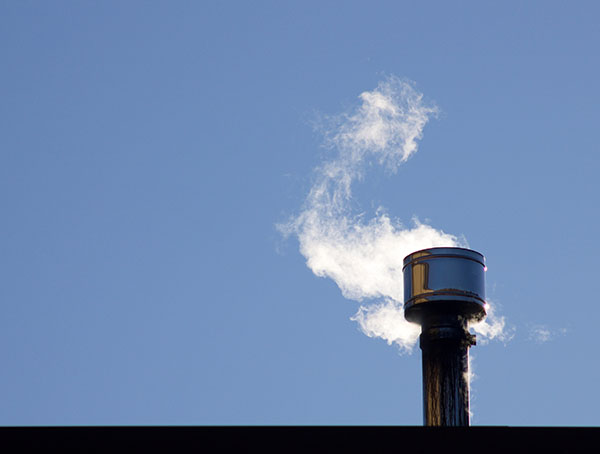A new study provides more evidence that exposure to wood smoke pollution increases the risk of developing dementia.
Researchers at the University of Cambridge carried out a comprehensive review of previously published studies to examine the link between air pollution and dementia.
They analyzed data from more than 29 million people, most of whom were from high-income countries.
According to a news release from the University of Cambridge, the researchers found “a positive and statistically-significant association” linking PM2.5, nitrogen dioxide, and soot (black carbon) with dementia.
Wood burning a factor
They pointed out that PM2.5 comes from wood-burning stoves and fireplaces as well as other sources such as traffic and industry, and that soot comes from burning wood as well as traffic.
For every 10 micrograms per cubic meter (μg/m³) of PM2.5, relative risk of dementia increased by 17%. For each 1 μg/m³ of soot the relative risk increased by 13%.
They noted that soot is a climate pollutant as well as a health hazard:
It can trap heat and affect the climate. When inhaled, it can penetrate deep into the lungs, aggravating respiratory diseases and increasing the risk of heart problems.
Senior study author Dr Haneen Khreis stated:
Our work provides further evidence to support the observation that long-term exposure to outdoor air pollution is a risk factor for the onset of dementia in previously healthy adults.
In an article about the study in the Guardian, Dr Isolde Radford, senior policy manager at Alzheimer’s Research UK, said:
This rigorous review adds to mounting evidence that exposure to air pollution —from traffic fumes to wood burners—increases the risk of developing dementia.
The study, Long-term air pollution exposure and incident dementia: A systematic review and meta-analysis, was published in The Lancet Planetary Health.
More information
We have more information related to dementia and wood smoke pollution on the following pages:






